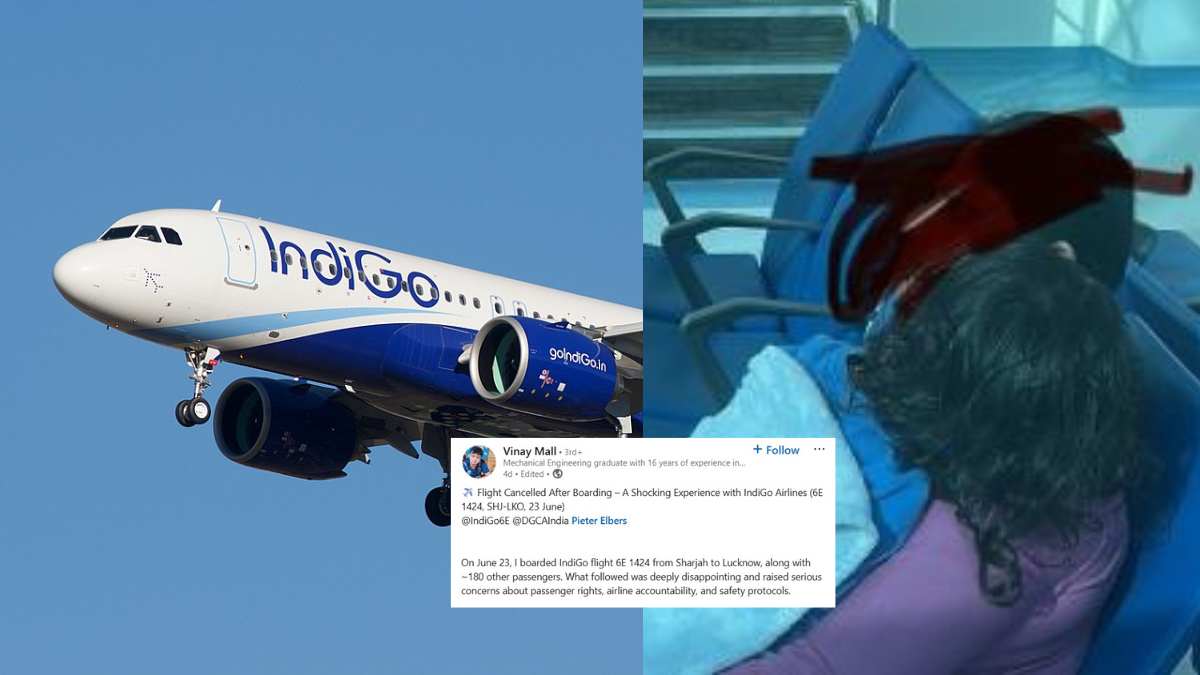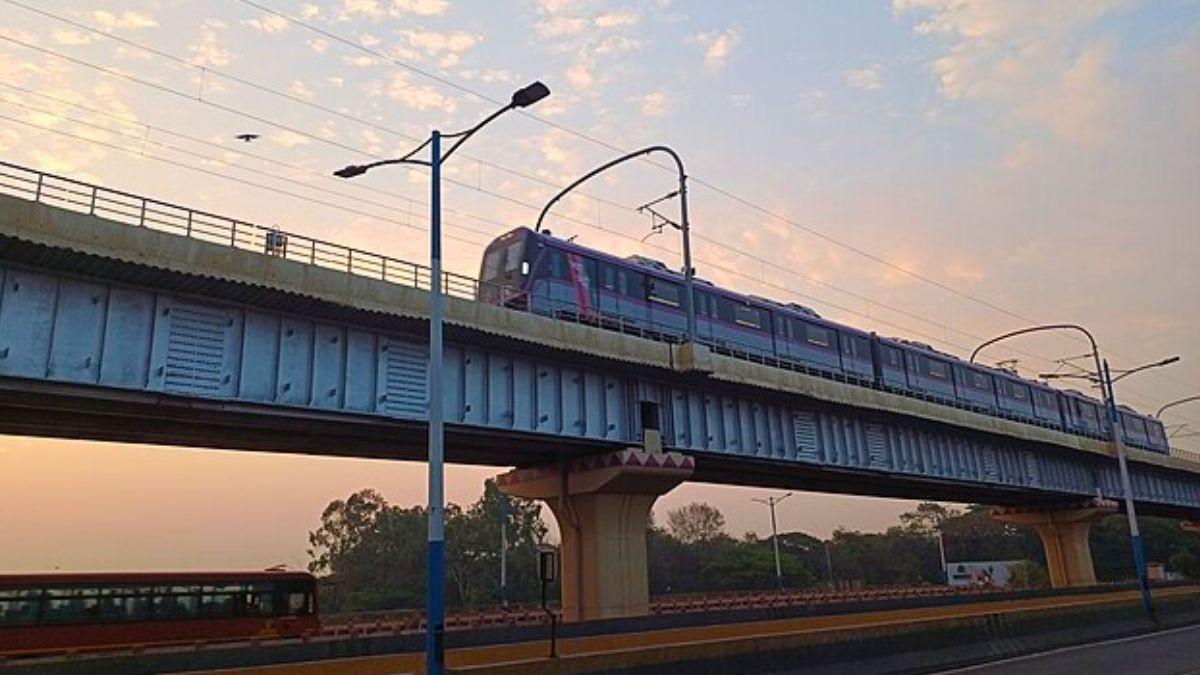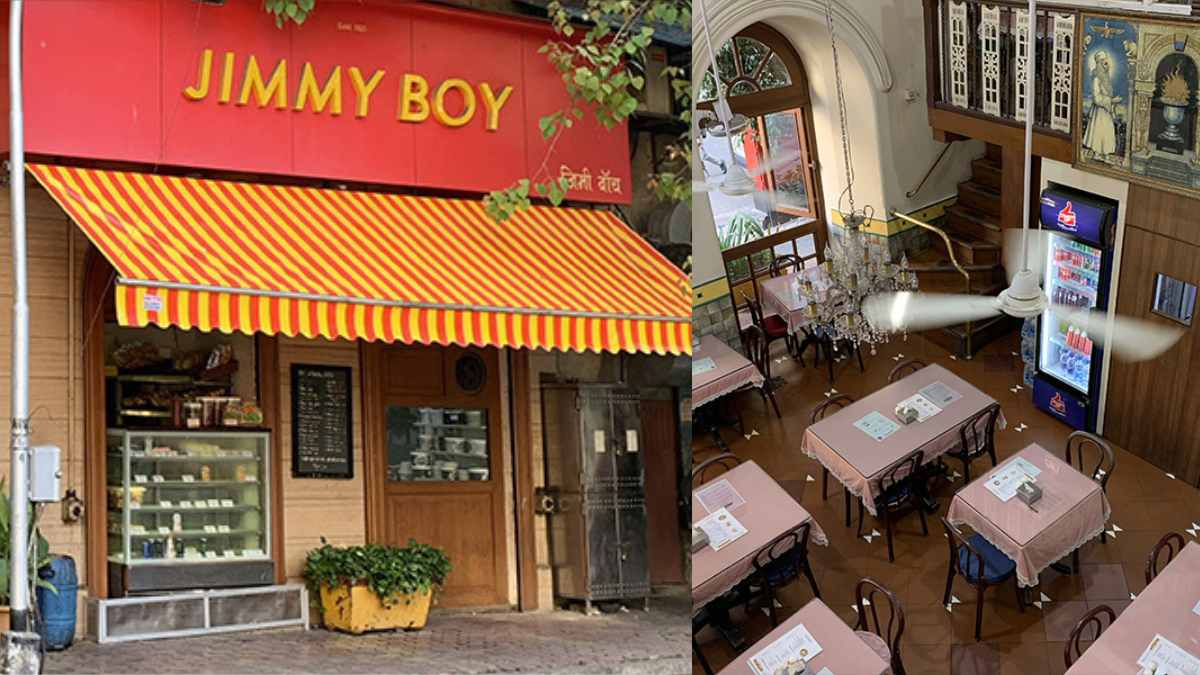At the NASA Jet Propulsion Laboratory in the United States, the chairman of the Indian Space Research Organisation (ISRO) accepted a jar of peanuts from a senior NASA official as two broken coconuts lay in the background. Breaking coconuts, sharing fortunate peanuts, and preparing for the launch of the NASA-ISRO satellite “NISAR” in 2024, the event was full of traditions.
ISRO Commemorated The Event By Breaking Coconuts
Today was all about NISAR!
It’s nearly time for the scientific heart of this @NASAEarth satellite to head to southern India ahead of its planned 2024 launch, so of course, we had to send it off in true JPL style. https://t.co/dNvZEP1pBa pic.twitter.com/cgkAqQk4iR
— NASA JPL (@NASAJPL) February 4, 2023
The advanced, space-grade science apparatus (a model of which is visible on the cover shot) that is put behind the dignitaries must steal all the attention, despite the fact that the modest jar of peanuts and coconuts in the picture has the internet going crazy. Scientist following traditions is not something we come across every day. And this vision of taking part in traditions was truly a delight.
Also read: What’s Mukhyamantri Tirth-Darshan Yojana? Here Is All Need To Know About This MP Govt. Scheme
The NASA-ISRO SAR (NISAR) Project
A Low Earth Orbit (LEO) observatory collaboratively developed by the American and Indian Space Agencies is called NASA-ISRO SAR (NISAR). It is designed to carry Synthetic Aperture Radar (SAR), an extremely potent, all-weather, day and night imaging method from space. It can assist researchers and scientists in observing changes in Earth’s land in depth.
The U.S. portion of the project is led by JPL, which is operated by Caltech in Pasadena for NASA and is supplying the mission’s L-band SAR. In addition, NASA is providing GPS receivers, solid-state recorders, deployable boom, radar reflector antenna, high-rate communication subsystem for science data, and payload data subsystem. The launch vehicle, S-band SAR, spacecraft bus, related launch services, and satellite mission operations are all provided by ISRO.
The SUV-sized satellite payload will be transported by NASA-JPL later this month for a 9,000-mile (14,000-kilometer) voyage to India’s U R Rao Satellite Centre in Bengaluru. In order to prepare for a launch from the Satish Dhawan Space Centre in the state of Andhra Pradesh in 2024, it will be combined with the spacecraft bus (satellite structure) there.
Cover Image Courtesy: Twitter/NASA JPL
First Published: February 06, 2023 2:57 PM



